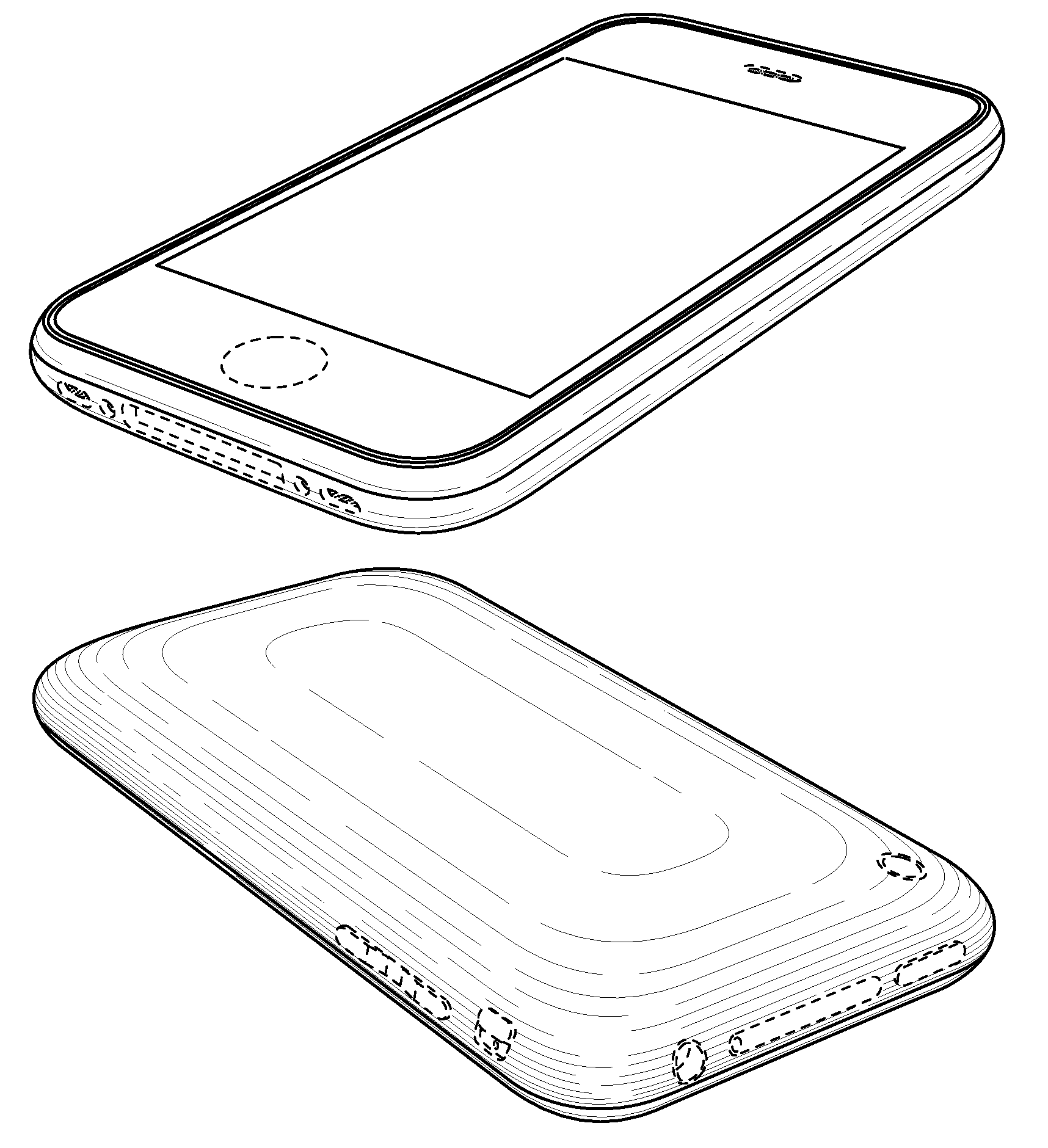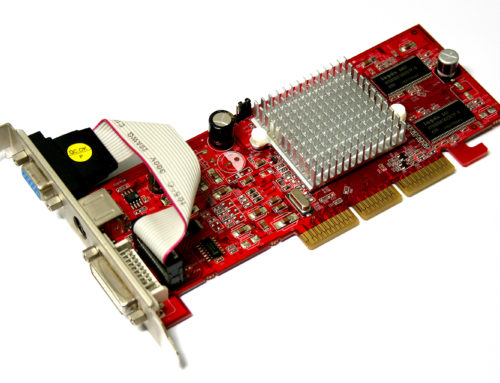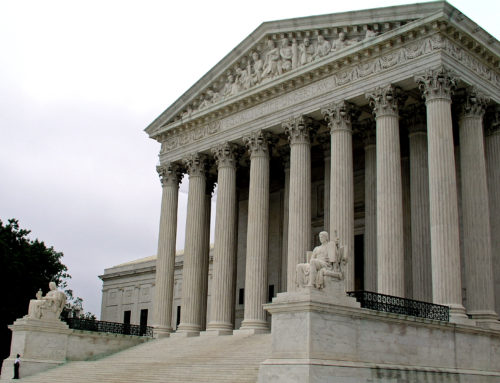Extending Your IP Monopoly Forever
The way the laws are setup today, many businesses can effectively extend their rights in a design forever. Patents laws were put in place to promote the disclosure of innovation. There is also a competing theory that patent laws are in place to reward individuals for their commercial contributions to society. In comparison, trademarks are in place to prevent consumer confusion and to prevent competitors from taking advantage of the good will of a company’s hard work. However, the distinction between design patents and trademarks has been stretched to the point that significant overlap allows for using design patents and trademarks together to forever block competitors.
Here’s How It Works:
Design patents protect the ornamental appearance of a product. Design patents are granted a 14 year monopoly to prevent others from making, using, or selling products with their unique shape and appearance. A design application that ultimately issues into a patent has enforcement rights that extend from the time that the design patent was first filed.
Trademarks are a bit different. Trademark rights exist after a mark achieves a secondary meaning in the mind of consumers. Necessarily, this takes a certain amount of time to accomplish. For many businesses, establishing secondary meaning in a symbol could take a significant amount of time and resources. For other businesses, this may occur fairly quickly. For example, the name GoDaddy became instantly popular after the company ran its first Super Bowl commercial, and its trademark rights may have blossomed overnight.
For this reason, a business can obtain a design patent for the ornamental shape of their product, while that very product simultaneously establishes a secondary meaning in the minds of consumers over the 14 year life span of the design patent.
 The first iPhone is a perfect example of the interplay between design patents and trademark law. As many know, Apple received a design patent[fusion_builder_container hundred_percent=”yes” overflow=”visible”][fusion_builder_row][fusion_builder_column type=”1_1″ background_position=”left top” background_color=”” border_size=”” border_color=”” border_style=”solid” spacing=”yes” background_image=”” background_repeat=”no-repeat” padding=”” margin_top=”0px” margin_bottom=”0px” class=”” id=”” animation_type=”” animation_speed=”0.3″ animation_direction=”left” hide_on_mobile=”no” center_content=”no” min_height=”none”][1] on the iPhone. In addition, consumers have come to associate the ornamental shape of the iPhone with Apple. For this reason, there is no doubt in my mind that Apple had overlapping design patent rights and trademark rights in the phone. There is a caveat in the case of Apple. Design patent rights exist regardless of whether the owner of the rights makes, uses, or sells any products protected under the patent. Oppositely, trademark rights requires use of the mark. Like many electronics companies, products are constantly changing to encourage new purchases and to one up their competitors. For this reason, the original iPhone is not currently on sale. Accordingly, it is very likely that Apple has abandoned any rights to any trademark rights in the look of the original iPhone because Apple has deliberately stopped using the mark in commerce. However, it is clear that in other markets, where products are not constantly changing, such as hammer or shovel design, that the combination of design patents and trademarks could forever protect a company’s product line.
The first iPhone is a perfect example of the interplay between design patents and trademark law. As many know, Apple received a design patent[fusion_builder_container hundred_percent=”yes” overflow=”visible”][fusion_builder_row][fusion_builder_column type=”1_1″ background_position=”left top” background_color=”” border_size=”” border_color=”” border_style=”solid” spacing=”yes” background_image=”” background_repeat=”no-repeat” padding=”” margin_top=”0px” margin_bottom=”0px” class=”” id=”” animation_type=”” animation_speed=”0.3″ animation_direction=”left” hide_on_mobile=”no” center_content=”no” min_height=”none”][1] on the iPhone. In addition, consumers have come to associate the ornamental shape of the iPhone with Apple. For this reason, there is no doubt in my mind that Apple had overlapping design patent rights and trademark rights in the phone. There is a caveat in the case of Apple. Design patent rights exist regardless of whether the owner of the rights makes, uses, or sells any products protected under the patent. Oppositely, trademark rights requires use of the mark. Like many electronics companies, products are constantly changing to encourage new purchases and to one up their competitors. For this reason, the original iPhone is not currently on sale. Accordingly, it is very likely that Apple has abandoned any rights to any trademark rights in the look of the original iPhone because Apple has deliberately stopped using the mark in commerce. However, it is clear that in other markets, where products are not constantly changing, such as hammer or shovel design, that the combination of design patents and trademarks could forever protect a company’s product line.
[1] US D675612, issued to Bartley K. Andre, February 5, 2013.
[/fusion_builder_column][/fusion_builder_row][/fusion_builder_container]









Recent Comments